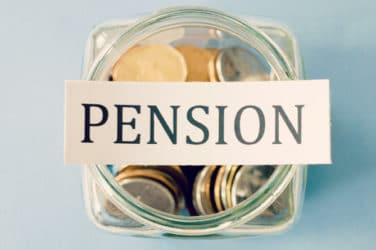
Rule 611, also known as the trade-through rule, has succeeded in reducing trade-throughs but has failed to provide incentives for venues that provide displayed liquidity, said panelists at the first meeting of the U.S. Securities and Exchange Commission Market Structure Advisory Committee on Wednesday.
Dark fragmentation has spread in the years since Rule 611 was adopted, while the percentage of share volume executed by lit venues that publicly display limit orders has decreased proportionally to the increase in dark fragmentation.
“Subsequent to the adoption of the trade-through rule, the amount of dark fragmentation increased significantly,” said Thomas Farley, president of Intercontinental Exchange’s NYSE Group. “We would submit that’s because the trade-through rule did not include a great enough reward to market participants who contribute to price discovery.”
From February 2005 to February 2014, the share of volume executed by lit venues declined from 71% to 61% for Nasdaq stocks and from 87% to 65% for NYSE stocks, according to an SEC memorandum. Data analysis indicates that more than half of dark trading volume is executed at prices that merely match displayed prices, and an additional 19% of volume is executed at prices less than a half-cent better than displayed prices.
Consequently, the great majority of dark volume is executed at prices that are not substantially better than those offered by displayed limit orders.
“We think it’s very important to look at what we will do to reward those who contribute to price formation,” Farley said. “It’s very important that we have deep, liquid and transparent markets that are available to all and our policy should reflect that goal.”
Despite the declining percentage share of volume at lit venues, however, quoted spreads have narrowed and the level of displayed liquidity at lit venues has increased significantly in the years since Rule 611 was adopted, which suggests that the incentives to display limit orders, at least for some types of market participants, remain strong, according to the SEC memorandum.
There is a direct link between trade-through restrictions and potentially greater fragmentation among lit venues. In particular, trade-through restrictions can require market participants to route orders to certain lit trading venues that they otherwise might choose not to do business with.
Jamie Selway, head of electronic brokerage and sales at ITG, suggested that the SEC create a de minimus exemption under rule 611 under which markets centers with volumes below a certain threshold level, such as one percent of the consolidated tape, do not enjoy price protection from displayed quotations. “Such an exemption would contain complexity, reduce fragmentation and lower connectivity costs,” he said.
Some has called for the responsibility for ensuring compliance with rule 611 to be shifted from exchanges to broker-dealers.
“It is logical to allocate the responsibility for Rule 611 compliance to only the entity which has a consistent view of market data on which the order-routing decisions are being made (and additionally has primary oversight responsibility for fulfilling the duty of best execution): the routing broker-dealer,” said Haim Bodek, managing principal of Decimus Capital Markets, and Peter Kovac, managing member of Ozone Park Partners, in a comment letter. Bodek and Kovac were not on today’s SEC panel.
The electronic marketplace has evolved to a point where exchanges are no longer the natural last line of defense for ensuring that trade-throughs are prevented in an accurate manner, Bodek and Kovac said. “Not only is a typical broker better positioned than a trading center to determine the most accurate and consistent view of market prices accessible from its own particular geographic location, that broker is also better positioned to focus exclusively on optimizing the execution across multiple market destinations in a way that is impossible for exchanges to achieve through the order-protection and routing functions implemented in their matching engines.”






